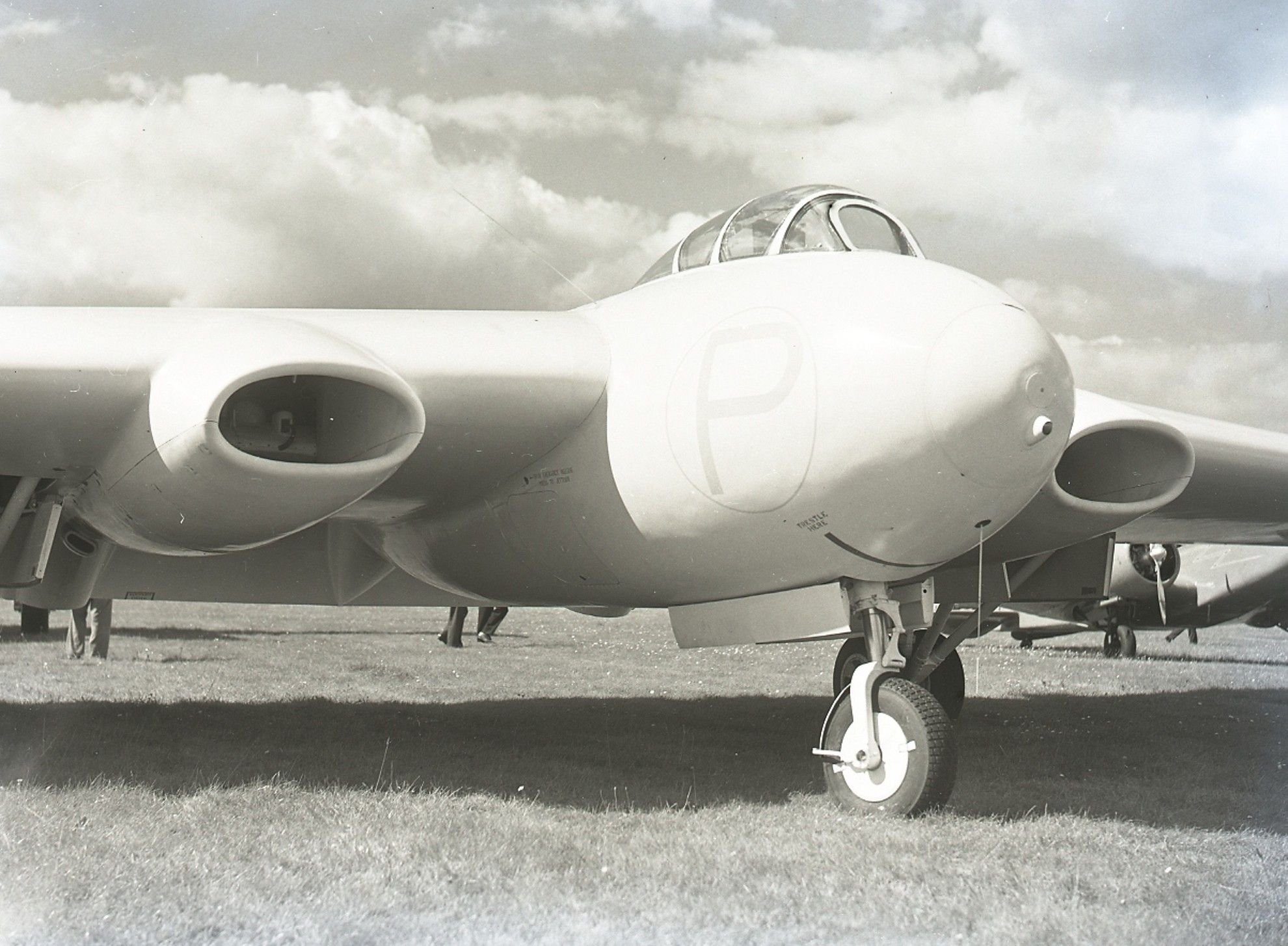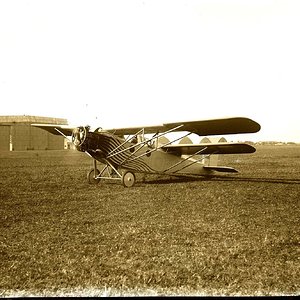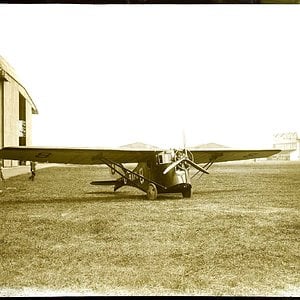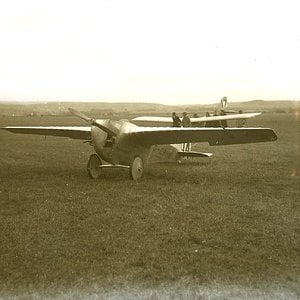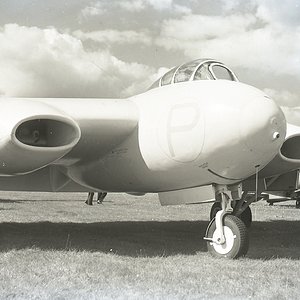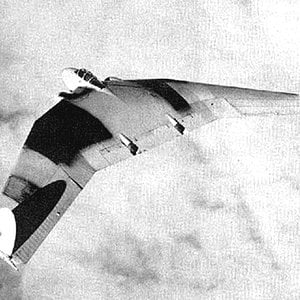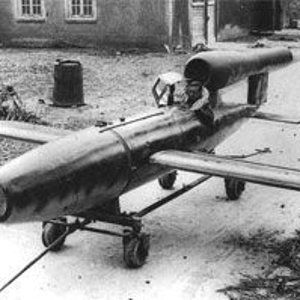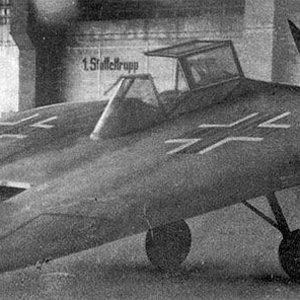Navigation
Install the app
How to install the app on iOS
Follow along with the video below to see how to install our site as a web app on your home screen.
Note: This feature may not be available in some browsers.
More options
You are using an out of date browser. It may not display this or other websites correctly.
You should upgrade or use an alternative browser.
You should upgrade or use an alternative browser.
Engine: 2x Rolls Royce "Nene" turbojets making 5,000 lb thrust each
Wing Span: 90'
Length: 37' 4''
Height: 14' 4''
Weight: Empty 19,662 lb / Loaded 34,154 lb
Maximum Speed: 500 mph
Ceiling: 36,000'
Range: 980 miles
Crew : 2
Armament: None
History:
Designed by John Lloyd the AW-52 started life in 1944 under specification E.9/44, as a proposed flying wing bomber/airliner with a span of 120'. It's first incarnation was as a glider the AW-52G for flight testing the flying wing concept, then as 3/4 scale powered test machine the AW-52 which following the success of the glider, the Ministry of Supply gave the go ahead for in 1945.
Two prototype of the AW-52 were made, with the maiden flight of the first prototype (TG 363) being on 13/11/1947 and the second (TG 36 just under a year later on the 1/9/1948. Incorporating a laminar flow wing, the AW-52 was a bitter and expensive disappointment, problems were encountered with the laminar wings, there were no national marking on the wing as this would adversely effect the air flow and even a fly striking the leading edge would cause the wing to become far less efficient, this combined with major pitch axis control problems at high speed, which was never resolved satisfactorily led to the imposition of a 288 mph speed limit. Things went from bad to worse when the first aircraft crashed on the 30/5/1949, how ever pilot John Lancaster shot to fame by making the first emergence ejection in the UK! In the end enough was enough and the last AW-52 was sent to the scrap yard in May 1954.
Wing Span: 90'
Length: 37' 4''
Height: 14' 4''
Weight: Empty 19,662 lb / Loaded 34,154 lb
Maximum Speed: 500 mph
Ceiling: 36,000'
Range: 980 miles
Crew : 2
Armament: None
History:
Designed by John Lloyd the AW-52 started life in 1944 under specification E.9/44, as a proposed flying wing bomber/airliner with a span of 120'. It's first incarnation was as a glider the AW-52G for flight testing the flying wing concept, then as 3/4 scale powered test machine the AW-52 which following the success of the glider, the Ministry of Supply gave the go ahead for in 1945.
Two prototype of the AW-52 were made, with the maiden flight of the first prototype (TG 363) being on 13/11/1947 and the second (TG 36 just under a year later on the 1/9/1948. Incorporating a laminar flow wing, the AW-52 was a bitter and expensive disappointment, problems were encountered with the laminar wings, there were no national marking on the wing as this would adversely effect the air flow and even a fly striking the leading edge would cause the wing to become far less efficient, this combined with major pitch axis control problems at high speed, which was never resolved satisfactorily led to the imposition of a 288 mph speed limit. Things went from bad to worse when the first aircraft crashed on the 30/5/1949, how ever pilot John Lancaster shot to fame by making the first emergence ejection in the UK! In the end enough was enough and the last AW-52 was sent to the scrap yard in May 1954.

